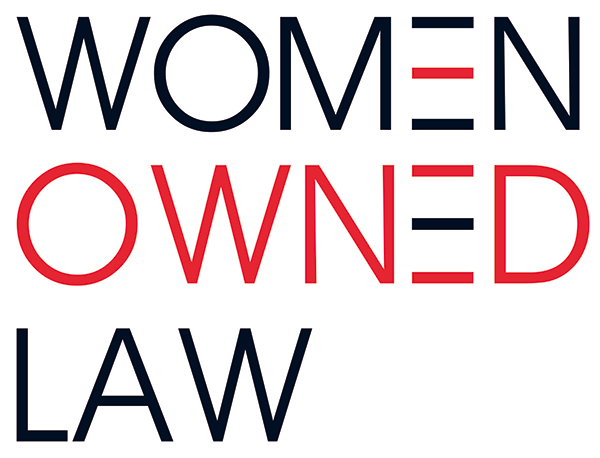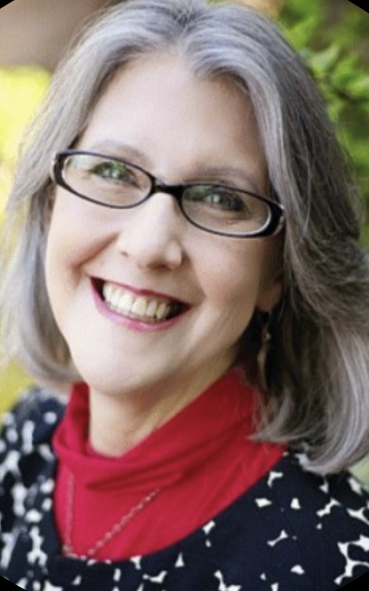How can law firms best help women attorneys develop their skills and practices, and also retain these lawyers? For more than 30 years, women have represented at least 50% of the graduating class from law schools in the United States. Yet, women currently make up only 38% of lawyers, about 22% of equity partners in Am Law 100 law firms, and 28% of general counsel in Fortune 500 companies, according to a survey by the ABA in 2022. Keeping women in the legal profession was one of the reasons Nukk-Freeman & Cerra (NFC) was founded in 2006. We were determined to find a better way to operate a law firm that allowed women to continue a sophisticated practice in employment law, and also be mothers, caretakers and community leaders.
One of the gaps we saw in big law was the failure to provide meaningful opportunities for professional development of women, especially those attorneys who were, intentionally or unintentionally, placed on the mommy track. Even women without children faced obstacles, often being stereotyped as lacking leadership capabilities or subject to microaggressions. Reliance on informal and unstructured mentors reeks of the old boy’s club and tends to reward those who are naturally assertive. These practices leave a lot of very smart women out of the mix. We recognized that a more structured focus on developing and promoting our attorneys was necessary to ensure that all our attorneys, including women and minorities, receive the same opportunities. It also makes good business sense, given the high cost of hiring and training attorneys. Finally, it responds to the interest of clients who seek diversity among their service providers.

